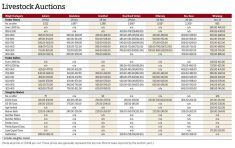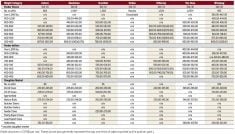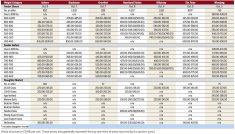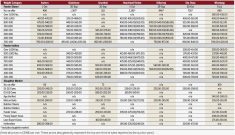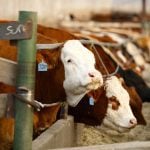The Thanksgiving long weekend did little to slow activity at Manitoba’s cattle auction yards, with larger volumes and relatively solid prices reported across the province as the cattle market works through the annual fall run.
“It’s October, it’s fall run time, there’s no way we can take a week off,” said Allan Munroe of Killarney Auction Mart, which held its usual sale on Monday, Oct. 11. The next two sales, he said, were also “jammed to the rafters.”
Munroe described the activity as normal for this time of year, although he noted some cattle that would have typically come to market in October already moved in August and September due to dry pastures and feed concerns.
Read Also
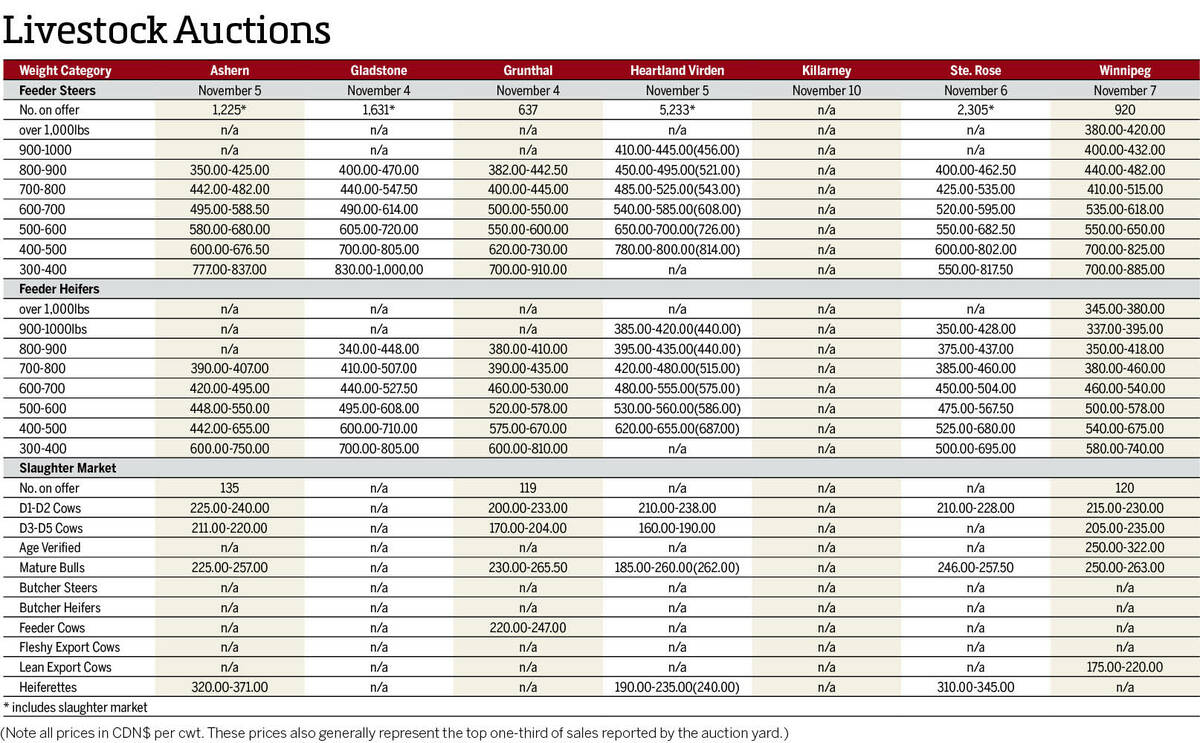
Manitoba cattle prices – Nov. 10
Cattle prices from Manitoba’s major auction marts for the week of Nov. 4-10.
“The markets are holding on really well,” said Munroe.
“A lot of steer prices are similar and heavy cattle a little stronger than a year ago,” he added, noting heifers in particular were showing a bit more strength than at this time a year ago.
Any strength was a good thing given the high cost of feed, but Munroe was uncertain what may be the cause. “I guess there’s some optimism for the spring/early-summer market for fats,” he said, adding that some cow-calf producers may also be picking up some heifers to keep as replacement cows.
Another bright spot in the market this year is an increased demand from eastern feedlots, which had been a smaller participant in the fall of 2020.
“Their feed situation is 100 per cent different than it was last year,” said Munroe.
Eastern feedlots were also doing a better job of keeping current with their cattle, getting fat cattle to slaughterhouses in a more timely fashion, leaving more space to bring in fresh feeders.
While good soybean and corn crops in Ontario have helped the feed situation there, the drought and tight supplies in Western Canada are well known.
“(Feed) is tight, but not as tight as we thought it might be,” Munroe said.
In mid-August, he noted, everything was burning up and looking like an absolute desperate situation, but rain eventually came and while it didn’t boost grain yields drastically, the moisture was enough to help corn silage grow.
Straw was baled, sloughs were cut, and even some cereals saw a second cut as the late rains led to regrowth on oats and other fields which were then cut for greenfeed.
The growth from the August rain “was an absolute lifesaver,” according to Munroe.




